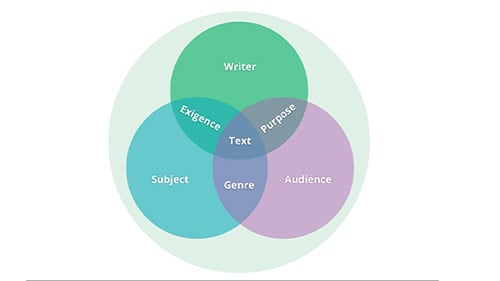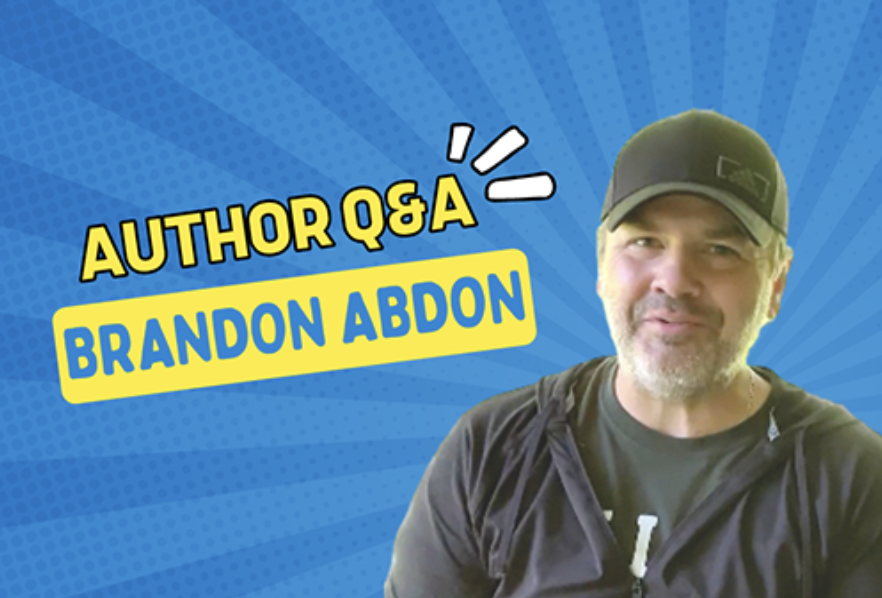AP Language: Teaching the MCQ
With 45 questions in an hour, four answer choices per question, it’s understandable why the multiple-choice section can be intimidating.
AP & Honors Mathematics
Explore Wiley titles to support both AP and Honors mathematics instruction.
Literacy Skills & Intensive Reading
Connections: Reading – Grades 6–12
Empower student success with a proven intensive reading program that develops strong reading skills in striving readers.
Drama, Speech & Debate
Basic Drama Projects 10th Edition
Build students’ confidence and competence with comprehensive, project-based theatre instruction.
Literature
Connections: Literature
Support learners as they study dynamic, relevant texts and bring the richness of diverse voices to students through literature.
Literature & Thought
Develop critical thinking, reading, and writing across literacy themes, genres, historical eras, and current events.
Language Arts
Vocabu-Lit® – Grades 6–12
Help students build word power using high-quality contemporary and classic literature, nonfiction, essays, and more.
Connections: Writing & Language
Help students develop grammar, usage, mechanics, vocabulary, spelling, and writing and editing skills.
Reading/English Language Arts
Measuring Up to the English Language Arts Standards
Incorporate standards-driven teaching strategies to complement your ELA curriculum.
English Language Learners
Measuring Up for English Language Learners
Incorporate research-based best practices for ELLs with an approach that includes a focus on language acquisition strategies.
Mathematics
Measuring Up to the Mathematics Standards
Incorporate standards-driven teaching strategies to complement your mathematics curriculum.
Foundations
Measuring Up Foundations
Help students master foundational math skills that are critical for students to find academic success.
Science
Measuring Up to the Next Generation Science Standards
Give students comprehensive NGSS coverage while targeting instruction and providing rigorous standards practice.
Assessment
Measuring Up Live
Deliver innovative assessment and practice technology designed to offer data-driven instructional support.
For a better website experience, please confirm you are in:

In this lesson, students will choose pages from a scene from an assigned novel (this can be done with a shorter text, too). Students will start by choosing significant dialogue and writing in the middle of a blank page (included in the template). They will reflect on the context of the quote and consider the images, actions, details of the setting that surround the dialogue.
They will illustrate this scene. Either switching with a partner or for their own quote, students will then imagine that quotation in a different context, a different setting and illustrate the scene. After, students will turn their reimagined dialogue and setting/scene into a narrative.
Students should be familiar with setting and how writers establish influential settings in narratives, specifically fiction. Before starting the activity, have students read a portion of a longer work so that they can understand the context behind the scenes and be able to discuss the deeper meaning of their images and setting.
As a class, review the power of imagery in creating settings.
Ask students to work in partners to find key images from the assigned reading, identify the targeted sense, the tone, or significance of the image (significance might include effect on character, action/plot/conflict, reflection of cultural values, for example), and words that describe the setting overall. This can also be done as a class to get them thinking about how and why readers respond to key images.
Be sure to state whether or not students can pull from this list or if they need to find their own images and scenes for the remainder of the activity.
Ask students to choose a scene from assigned reading pages from a novel (or this can be done with a shorter text). Students will start by choosing significant dialogue and writing in the middle of a blank page (included in the template). Remind students that they need to defend why this dialogue and scene is integral to the reading as a whole thus far.
Prompt students to spend time reflecting on the context of the quote and consider the images, actions, and details of the setting that surround the dialogue. Students should spend time carefully illustrating this scene.
Either switching with a partner or for their own quote, students will then imagine that quotation in a different context, a different setting, and illustrate the revised/new scene. To further engage the class in this process, the teacher can put commonly chosen quotes on a Jamboard page, and ask students to identify scenes in which that dialogue would be found to help students find inspiration.
After, students will turn their reimagined dialogue and setting/scene into a narrative.
The sensory details or figurative language are used to describe, arouse emotion, or represent abstractions. On a physical level, imagery uses terms and descriptions related to the five senses; we refer to visual, auditory, tactile, gustatory, or olfactory imagery. Sometimes, the imagery is static, meaning it does not change. For example, in the novel The Road by Cormac McCarthy, the man and the boy travel between houses, stores, and wooded areas, and each is described with its own specific characters, but most are illustrated in the same way. Reflect on your reading for the assigned pages, and make note of the following details, descriptions, images, and tones.
|
Specific Images that Stand Out |
Targeted Sense (taste, touch, sight, smell, sound) |
Tone or Significance |
Words to Describe and Define Setting Overall |
|
|
|||
Imagery is often used to specifically describe setting, especially when the setting directly influences the characters, such as their motivations and their relationships with one another, as well as the conflicts that they encounter throughout the story. Similarly, sometimes images that are included in the story juxtapose, or contrast, with the other images that surround it. When this happens, it is possible that the image can become a symbol or a way to heighten the event, action, setting, context, character relationships, etc.
Directions: Return to the assigned pages of your text. Identify the most significant images that you feel have the most influence on the characters, the action, and/or the way the readers understand the events and meaning.
In the space above the line, illustrate the scene. Be sure to show the relationship between the specific images and the surrounding environment or context of the novel. How does it work in conjunction with the literal and figurative place and events surrounding the images? Put your key quote from the scene in the middle of the box, illustrating the scene around it.
Then, annotate your drawing to include:
Below the line, draw your revised context interpretations. Reimagine the same quotation in a different context. Illustrate the scene in which this quotation could appear. You should change the setting to reflect a different cultural milieu, genre, and character composition.

With 45 questions in an hour, four answer choices per question, it’s understandable why the multiple-choice section can be intimidating.

This lesson provides strategies for predicting meaning, previewing texts, and making inferences about word meaning and vocabulary. Students will be...

It's almost the end of the school year! With the exam behind you and your students, take a moment in class to reflect on this past year (while giving...

In this activity, students will read and reflect on the different types of writing they might encounter on the AP® Language & Composition Exam....

In this lesson(s), students will create “Doodle Notes” to showcase their understanding of one of the free response questions on the AP Language exam ...

You know him as an AP® English teacher, webinar presenter, and author of our AP® Literature and Composition and AP® Language and Composition...

It’s a month before the AP exam and you’re freaking out. You're trying to think about what you need to review with your students, what you should ask...

While the 2023 AP English Language and Composition exam represents year 4 of assessment using the analytic scoring guide and year 3 of the changes to...

Dr. Brandon Abdon and expert guests break down how to analyze results from the 2023 AP Language and Composition exam. {% video_player "embed_player"...

For this activity, a place is considered to be a geographical location, whereas a space might be an abstract state of being. Students will review...

In this lesson, students are asked to consider how they are situated within the world around them–locally, nationally, and globally. Students will...

Join authors Dr. Brandon Abdon and Becky McFarlan to learn about how to connect learnings from the AP Lang and AP Lit courses. {% video_player...
